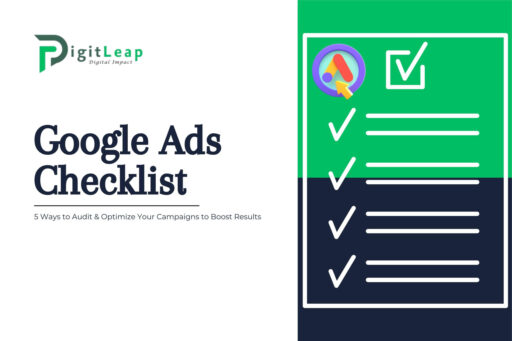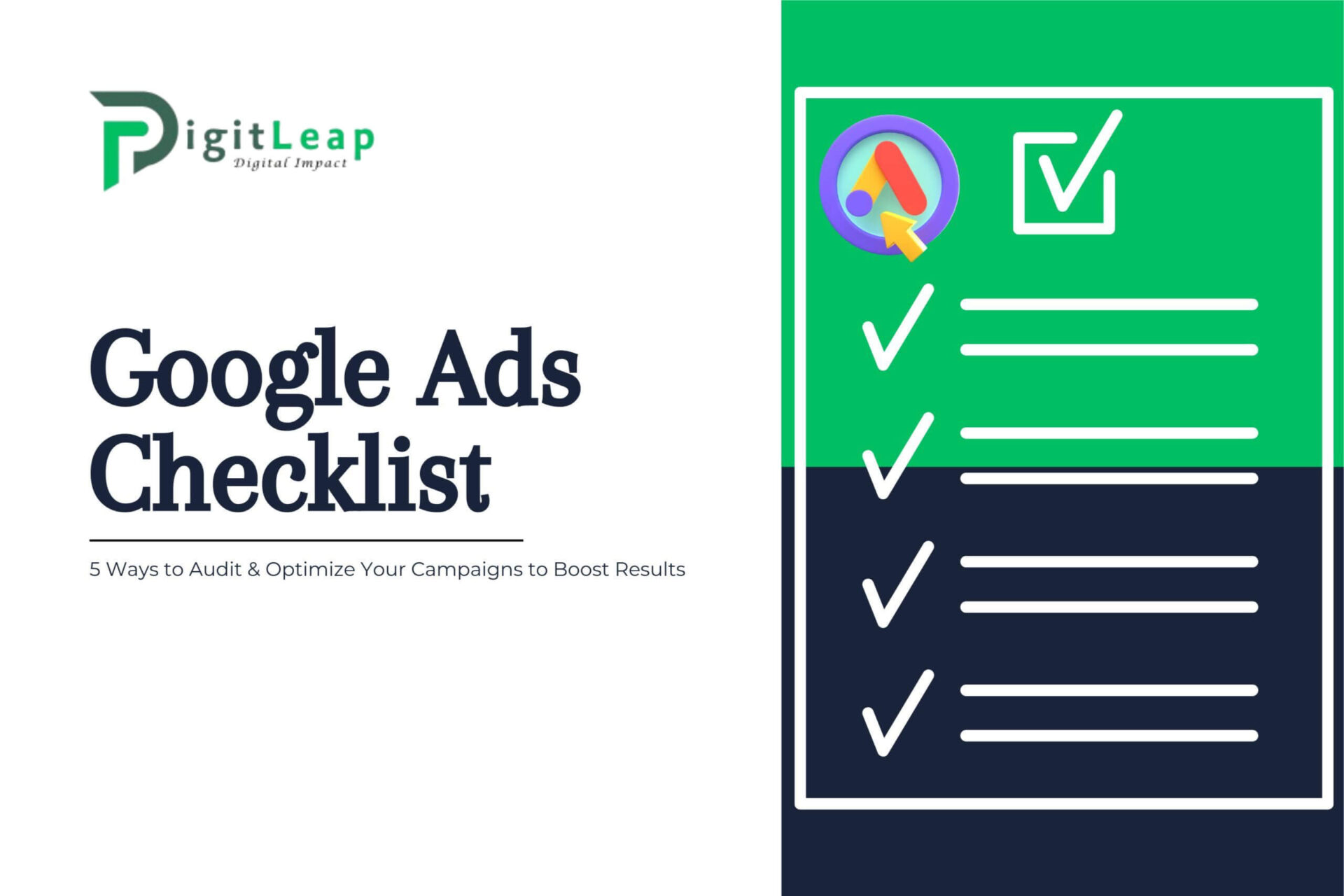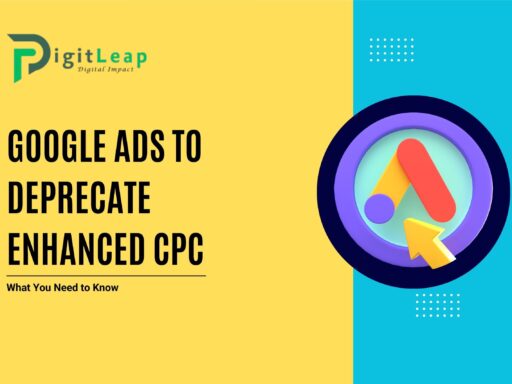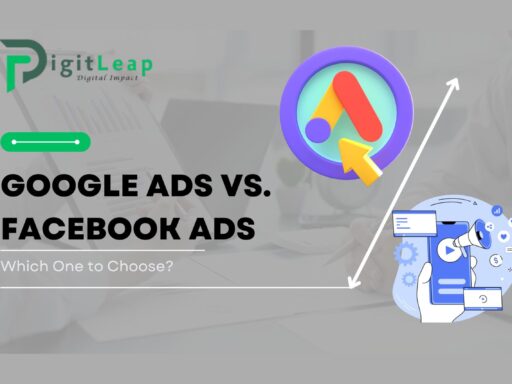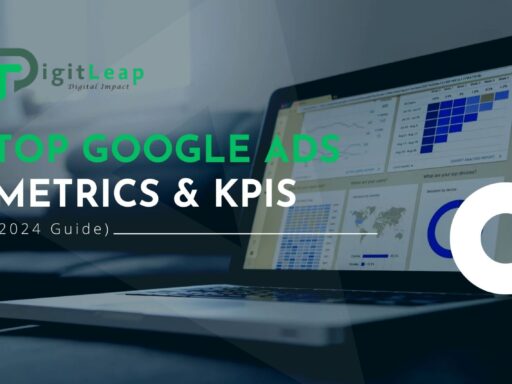Google Ads Checklist: 5 Ways to Audit & Optimize Your Campaigns to Boost Results
Google Ads Checklist: 5 Ways to Audit & Optimize Your Campaigns to Boost Results
Google Ads can be a powerhouse for driving traffic and conversions—but only when your campaigns are finely tuned. Regularly auditing and optimizing your campaigns can unlock hidden opportunities, reduce wasted spend, and dramatically boost your results. Here are five actionable steps to help you perform a thorough Google Ads audit and optimize your campaigns for success.
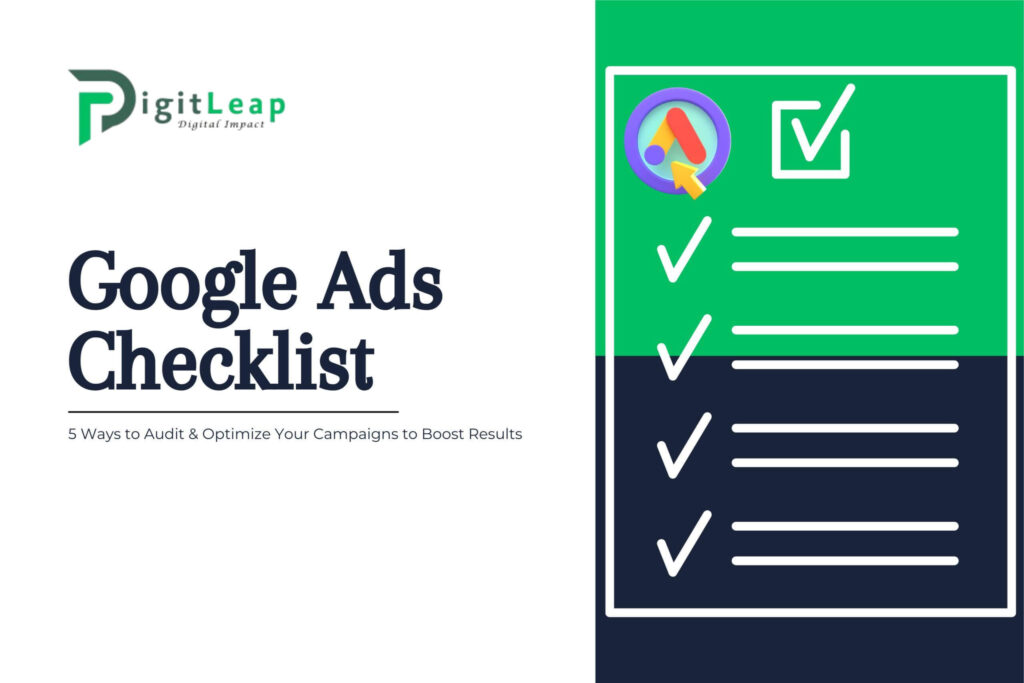
1. Review Campaign Structure and Organization
Start by examining how your campaigns and ad groups are structured. A well-organized account not only improves performance but also simplifies ongoing management. Ask yourself:
- Are your campaigns segmented by product or service lines?
Ensure each campaign targets a specific segment of your business. This allows for more precise messaging and budget allocation. - Is your ad group structure tight?
Each ad group should contain closely related keywords and corresponding ad copy. This improves Quality Scores and boosts ad relevance. - Have you set clear conversion goals?
Define conversion actions for each campaign. Align these with your overall business objectives to measure success accurately.
2. Optimize Keywords and Negative Keywords
Keywords form the core of your Google Ads strategy. Regularly refine your keyword list to ensure you’re reaching the right audience:
- Analyze Keyword Performance:
Use data from your account to identify which keywords are driving conversions and which are underperforming. Focus on high-performing terms and consider pausing or adjusting bids on those that aren’t yielding results. - Expand Your Keyword List:
Research new, relevant keywords using tools like Google Keyword Planner, SEMrush, or Ahrefs. Look for long-tail variations that might capture more specific search intent. - Implement Negative Keywords:
Continuously add negative keywords to prevent your ads from showing on irrelevant searches. This helps reduce wasted spend and improves overall campaign efficiency.
3. Fine-Tune Ad Copy and Creative Elements
Your ad copy and creative elements are your primary means of capturing user attention. Enhancing these can have a direct impact on click-through and conversion rates:
- Test Multiple Ad Variations:
Run A/B tests with different headlines, descriptions, and calls-to-action. Use Google Ads’ built-in ad rotation features to see which versions perform best. - Highlight Unique Selling Points (USPs):
Make sure your ad copy clearly communicates what sets your product or service apart. Focus on benefits, special offers, or unique features that matter to your target audience. - Ensure Relevance:
Align your ad copy with the keywords in each ad group. The closer the match, the more likely your ad is to resonate with searchers and achieve a higher Quality Score.
4. Evaluate Landing Page Experience
Even the best ad copy won’t convert if your landing page fails to deliver a seamless user experience. Conduct an audit of your landing pages:
- Assess Relevance and Consistency:
Ensure that the content, messaging, and visuals on your landing page match your ad’s promise. A consistent user journey increases trust and encourages conversions. - Improve Load Times:
A slow-loading page can drive visitors away. Use tools like Google PageSpeed Insights to identify issues and optimize page performance. - Enhance User Experience:
Make sure your landing page is mobile-friendly, has a clear call-to-action, and is designed for easy navigation. A well-optimized page can significantly boost conversion rates.
5. Monitor and Adjust Bidding Strategies
Your bidding strategy plays a crucial role in determining where and how often your ads appear. Constantly monitoring and adjusting your bids is key to maximizing ROI:
- Analyze Bid Performance:
Review which keywords and ad groups are delivering the best results relative to your budget. Adjust bids for high-performing terms to secure top positions, and lower bids for those that aren’t performing as well. - Utilize Automated Bidding:
Consider using Google’s automated bidding strategies (such as Target CPA or Target ROAS) to let machine learning optimize your bids in real time based on your specific performance goals. - Set Bid Adjustments:
Use bid adjustments to target specific demographics, locations, or devices that are more likely to convert. For example, if you notice higher conversion rates on mobile devices, increase your bid for mobile traffic.
Conclusion
Auditing and optimizing your Google Ads campaigns is an ongoing process that can lead to significant improvements in your marketing performance. By ensuring your account structure is organized, refining your keywords, enhancing your ad copy, optimizing landing pages, and continuously fine-tuning your bidding strategies, you create a strong foundation for sustained PPC success. Implement these five steps consistently, and you’ll be well on your way to unlocking greater profitability and a stronger return on your ad spend.

